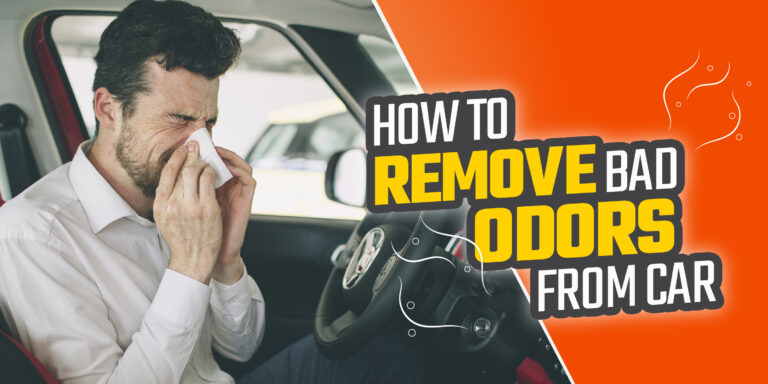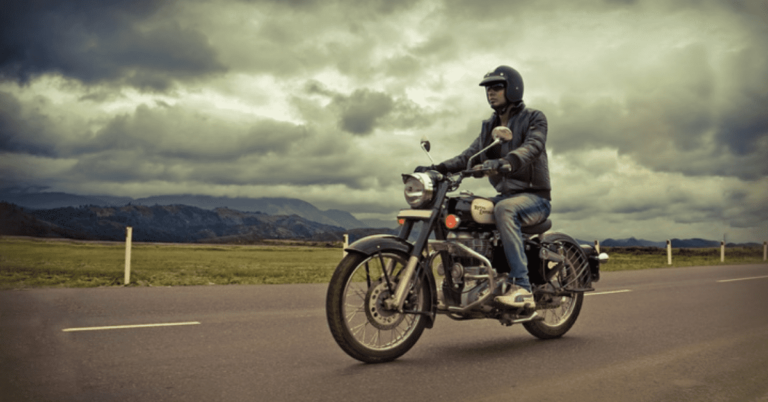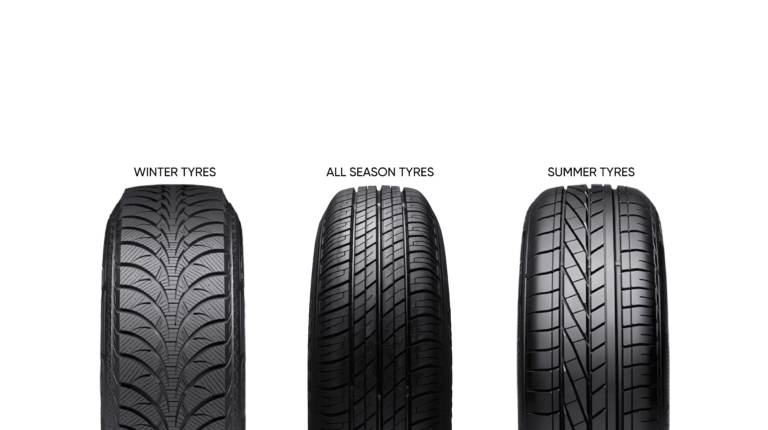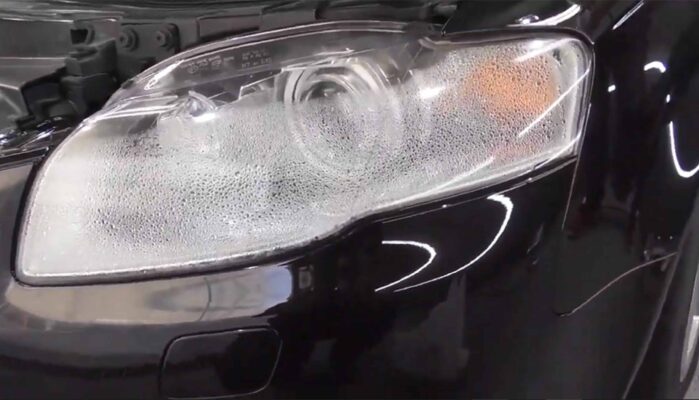
The most essential aspect of bike maintenance is washing. And if you know how to bike wash at home, you are well on your way to saving time, money and ensuring your bike receives proper care. Bike washing improves the appearance of your bike, prevents damage to the exterior and engine, as well as keeps your bike running in good condition for longer. This comprehensive step-by-step guide will cover everything you need to know on how to clean your bike at home.
If you are interested in increasing the mileage of your bike, have a look at this article.
The Importance Of Washing Your Bike
The main benefit of keeping your bike clean is to ensure safety and reliability, reducing the risks of breakdowns. Your bike will also offer better performance, allowing for smoother rides and improved handling. Additionally, the lifespan of the bike will be extended, while saving you money on costly repairs due to damage from corrosion or wear and tear.
Here are some amazing tips on how to avoid back pain while riding a bike, for a smooth journey.
How To Wash Motorcycle At Home
Refer to these easy steps on how to clean bike after ride.
Prepare your bike by parking it on the main stand and gathering the necessary supplies and tools. Here is a list of washing gear you will need.
- Bucket of water
- Bike wash shampoo
- Soft brushes
- Sponge
- Microfibre cloth
- Water hose or pressure washer
- Bike chain cleaner and lubricant
- Carburettor cleaner spray
- Rust removal products
Start by rinsing the bike thoroughly with water. Cover the entire exterior but avoid forcing water onto sensitive electrical connections and spark plugs.
Dilute bike wash shampoo in a bucket of water and agitate the solution to create soapy suds.
Gently scrub the bike exterior with a soft sponge or brush to remove accumulated dirt and grime. Take care not to scratch the painted surfaces.
Rinse off the soap with cool water by spraying the bike using the hose. Remove all traces of soap from the bike’s components, frame and other parts.
After rinsing, dry the bike with a microfibre cloth and wipe away all the moisture to prevent the occurrence of corrosion and rust.
For added shine, apply a layer of wax or polish and gently buff the exterior of the bike. You should be left with a bike that looks as good as new.
Bike engine cleaning is an important aspect to ensure good performance and the long life of your motor. Engine cleaner additives can be added to the fuel tank and work while the bike is running. They dissolve carbon deposits, and dirt that accumulate in the engine over time.
For the exterior of the engine, cover the air intake, spark plugs and electrical connections with plastic or waterproof covers. Use a degreaser to scrub dirt off, then gently rinse with water before drying.
Some more information on how to maintain your bike the right way can be found here.
How to Clean Bike Chain at Home
Smooth riding can be achieved with a clean and well-lubricated chain drive. Wipe excess dirt and debris with a clean cloth, then apply the degreaser spray. Scrub away dirt using a brush and rotate the wheel to reach all parts of the chain. Dry the chain with a clean rag and then apply chain lubricant across the chain. Put back the chain cover and take a test ride.
How to Clean Bike Carburetor
If you are wondering how to clean carburetor on pocket bike or how to clean carburetor on mini bike, it’s quite easy. Older bikes use a carburetor for fuel delivery, unlike modern fuel-injected motorcycles. There are fuel system cleaners that can be added to the gas tank which clean the carburetor while the bike is running.
Another method of bike carburetor cleaning is to disassemble the carburetor and brush the internal parts with fresh petrol. Finally, use compressed air to dry out all the jets and manifolds completely.
Speed freaks will love to read about the fastest bikes in the world. If fossil fuels are not your thing, have a look at these fastest electric bikes.
Conclusion
Knowing how to bike wash at home is essential for optimal performance and good aesthetics. By following the steps outlined in this blog, you can keep your motorcycle looking and running well for a long time. Take pride in caring for your ride, and enjoy the benefits of a well-maintained bike.
Have a look at some of our informative articles on the Carorbis blog. For bike enthusiasts, here is an exciting encyclopedia of bike parts to get you familiar with your machine.
Frequently Asked Questions
Q1. How Can I Clean My Motorcycle Fast?
Ans. Keep all bike wash supplies handy before you start cleaning. Ensure your bike is parked in a safe, enclosed space where you have room to wash the bike properly.
Q2. Can I Wash Motorcycle Everyday?
Ans. You can wash your bike every day, but avoid the use of harsh chemicals as this may wear out the bike paint quickly.
Q3. How Do I Clean My Bike Daily?
Ans. Use water and mild bike wash shampoo, and gently scrub the vehicle to remove dirt.
Q4. Is It Ok To Wash Bike With Water?
Ans. It is safe to use water as long as the bike is thoroughly dried after the wash. This prevents rust and corrosion.
Q5. Can I Wash My Bike With Petrol?
Ans. Petrol is slightly corrosive and may damage paint surfaces and ruin the finish of plastic trim. Use specific bike wash shampoo for best results.
Q6. How Do I Clean My Bike Like A Pro?
Ans. Rinse the bike, apply bike wash shampoo and then gently scrub the exterior. Finally spray cool water to remove all the soap suds and dry with a microfibre cloth. Add a layer of wax and polish for a good shine.
Q7. How Can I Make My Bike Shiny?
Ans. Use a high-quality wax and buff to a shiny finish. You can also make use of a polish and rubbing compound to remove any imperfections and minor scratches.
Q8. How Do You Clean Bike Gears?
Ans. Gears are mechanical components that should be dissembled and then steam cleaned. It should be lubricated before installation. Take a look at the best automatic bikes in the world.
Q9. Should I Wash My Bike After Every Ride?
Ans. It is not necessary to wash your bike after every ride unless you travel in dirty or dusty conditions. Washing your bike once a week should be sufficient for proper maintenance of the exteriors.
Q10. How Do You Clean A Bike Carburetor Without Removing It?
Ans. A fuel cleaner poured into the petrol tank will clean the carburettor without having to remove it. Just run the engine for a few minutes to clear the carburettor jets and manifold.
Q12. Is Carburetor Cleaning Necessary For Bike?
Ans. A dirty carburettor will result in poor fuel efficiency, low performance and could cause engine stalling. Keep the carburetor clean to keep your bike running well.
Q13. Can I Clean My Carburetor Without Removing It?
Ans. There are special carburettor cleaners that are poured into the gas tank. The carburetor doesn’t need to be disassembled to clean it this way.
Q14. Can I Clean A Carburetor Myself?
Ans. Cleaning a carburettor will require disassembly and then using a carburettor cleaning spray. Use compressed air to clear the main and pilot jets of any debris or oil residue.
Q15. How do I know if my carburetor is dirty?
Ans. A dirty carburettor can cause starting trouble, high fuel consumption and poor acceleration. The bike will not run smoothly on a clogged carburettor.
Q16. Is it OK to clean a carburetor with water?
Ans. Water should not be used to clean a carburettor as there is a chance of moisture remaining in the jets, which may mix with the fuel and cause engine problems.
Q17. Will Coca Cola clean a carburetor?
Ans. Coca-Cola is not suitable for cleaning a carburettor as it will have sticky residue that may contaminate the fuel and cause engine failure. The soft drink may interfere with engine lubrication and fuel delivery.
Q18. What is the best method of cleaning carburettors?
Ans. Either use a specialised carburetor cleaning spray or use petrol with a brush to clean the carburetor.
Q19. What is the best way to clean a motorcycle carburetor?
Ans. The best method is to use petrol and a soft brush to remove dirt from a motorcycle carburettor. Use compressed air to dry the parts thoroughly.
Q20. Why do carburetors get dirty?
Ans. Dirt can enter from the air filter and clog the main and pilot jets. Cracks in the manifold rubber allow dust to enter the intake chamber. Even fuel contains impurities and residue that can accumulate in carburettor parts. In the case of a 2-stroke, the oil adds a gummy texture to the internal parts of the carburetor.
Q21. How Long Does It Take To Clean A Carburetor?
Ans. The whole process can be completed in about 1 hour if done properly and with the right tools and supplies.
Q22. How To Clean Carburetor On Dirt Bike?
Ans. Dirt bikes ride in a dusty environment, so their carburettors should be cleaned regularly by disassembling and using an appropriate carb cleaner or petrol.
Q23. How To Clean Dirt Bike Carburetor 4 Stroke?
Ans. 4-stroke carburettors can be cleaned with the addition of fuel cleaner in the petrol tank.
Q24. How To Clean Carburetor On 2 Stroke Dirt Bike?
Ans. 2-stroke carburettors tend to get clogged very quickly due to the addition of 2T oil in the fuel tank. It is best to clean them at every service for good performance and high fuel efficiency.
Q25. How To Clean Bike Petrol Tank?
Ans. The petrol tank should be emptied and cleaned of rust and corrosion. Use an appropriate metal surface cleaner and dry with a lint-free cloth and compressed air.
Q26. How To Clean Bike Air Filter?
Ans. The air filter should be cleaned with mild soap and water. Then dry it completely with compressed air and dip it in a mixture of fuel and oil for the best performance.
Q27. How To Clean Bike Headlight Glass?
Ans. Use a headlight restoration kit to get a clean and clear bike headlight lens for better riding visibility at night.
Q28. How To Clean Bike Silencer From Inside?
Ans. An easy way to clean a silencer from the inside is to dismantle it from the bike, pour petrol into it and then use a blow torch to burn away all the oil residue and accumulated exhaust gas particles.
Q29. How To Clean Bike Rust?
Ans. Use a product like Soft99 Iron Terminator to get rid of all traces of rust and corrosion on the bike’s exterior.
Q30. How To Wash A Bike With Disc Brakes?
Ans. Apply a bike wash shampoo and scrub the disc brakes gently with a soft brush. Use a pressure washer to clean all the dirt from the brake components.
Q31. How To Clean Bike Engine From Inside?
Ans. It is best to use an engine cleaner in the form of a petrol additive which cleans the engine internals while the bike is running.
Q32. How To Wash Motorcycle Engine?
Ans. Make use of an all-purpose engine cleaner and degreaser to gently scrub the motorcycle engine.
Q33. How To Clean Bike Exhaust Pipe?
Ans. Avoid using water to clean the exhaust pipe, instead use a degreasing agent and concentred cleaning solution to get rid of burnt exhaust residue.
Q34. How To Clean Bike Grease?
Ans. A bike wash shampoo can easily cut through grease and grime on a bike’s exterior.
Q35. How To Clean Bike Handlebars?
Ans. Use a soft cloth dipped in a mild soap solution to gently clean handlebars.
Q36. How To Clean Bike Handle Grips?
Ans. Soap solution and water are perfect for cleaning handlebar grips. Wipe dry with a microfibre cloth to reduce the chances of your hands slipping while riding.
Q37. How To Clean Bike Suspension?
Ans. Make use of an appropriate degreasing solution along with mild soap and water. Apply compressed air to get rid of all traces of moisture in the suspension parts as water can encourage rust and corrosion.
Q38. How to clean bike seat?
Ans. A microfibre cloth dipped in soap solution is the best way to clean a bike seat. Ensure that the seat is dried completely before riding.
Q39. How To Clean Bike Without Water?
Ans. There are waterless wash solutions that you can just spray on and wipe. They are fast and effective as well as being environmentally friendly.
Q40. How To Clean A Bike Chain?
Ans. There are special chain cleaners that can be sprayed onto a moving chain to get rid of dirt. Remember to grease the chain after cleaning with an appropriate chain lubricant.








